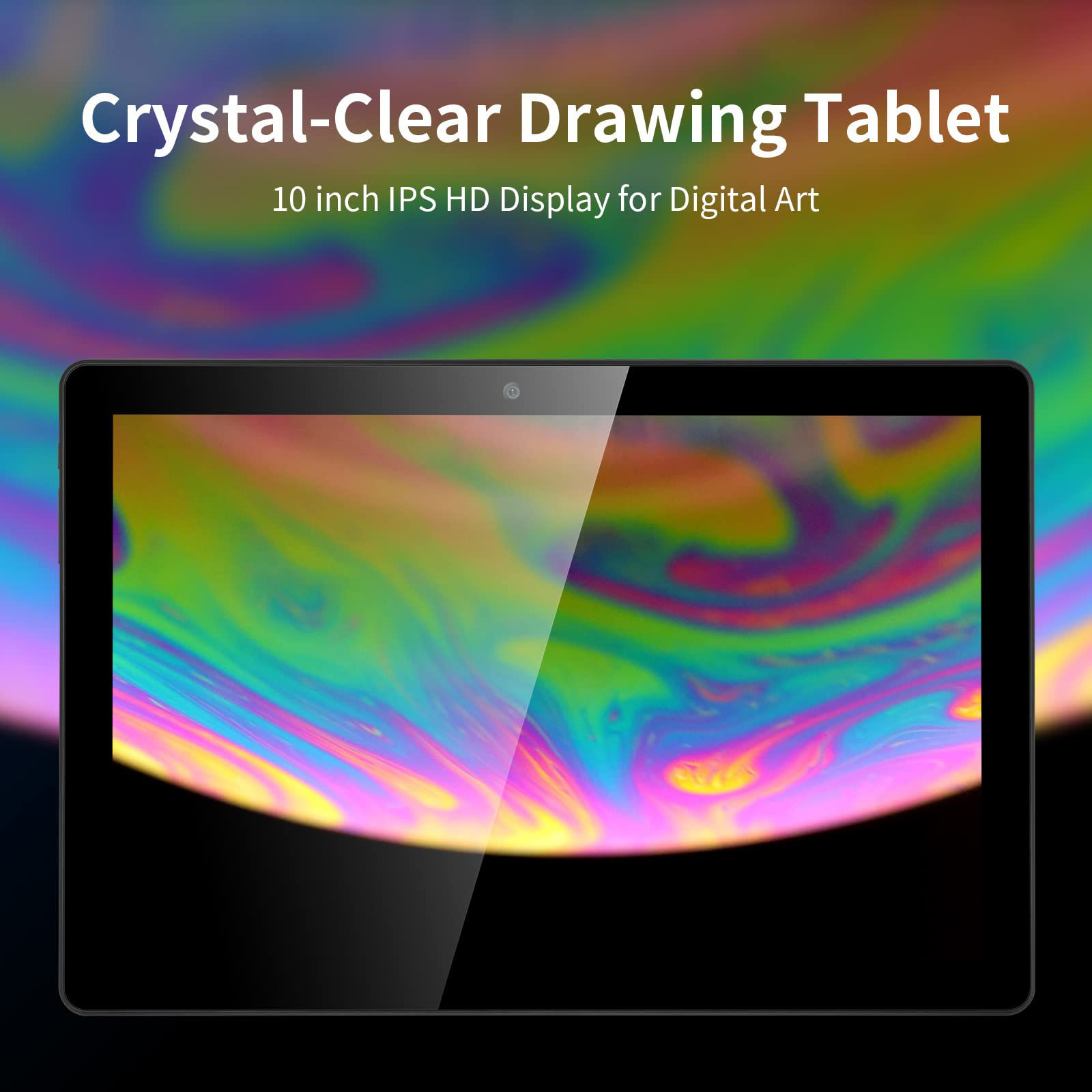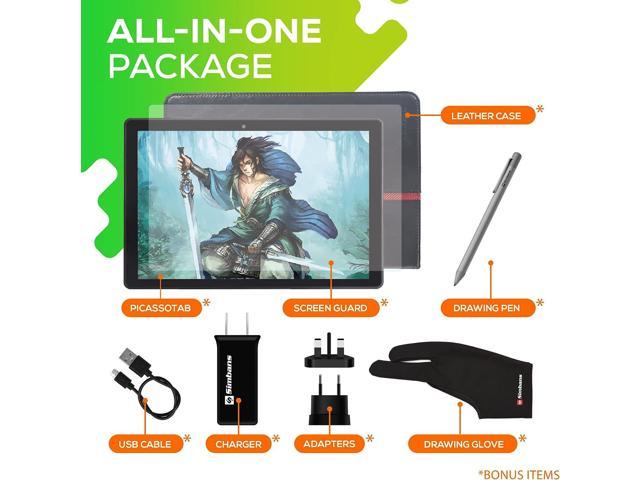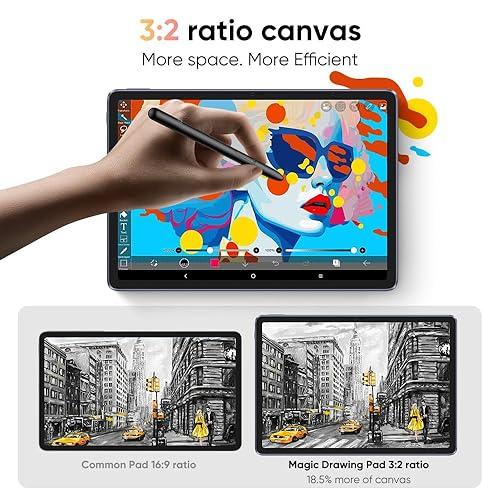Portable Drawing Tablet No Computer

The art world is witnessing a significant shift as standalone portable drawing tablets emerge, challenging the traditional reliance on computers for digital art creation. These devices, packing impressive processing power and display technology, are empowering artists to sketch, paint, and design directly on the go, fostering a new era of creative freedom and accessibility.
This groundbreaking development marks a pivotal moment in digital art, streamlining the creative workflow. Eliminating the need for a separate computer allows artists to focus solely on their craft, unbound by cables and desk setups. This article delves into the rise of these all-in-one tablets, examining their features, impact on the industry, and the future they promise for digital artists of all levels.
The Rise of Standalone Tablets
For years, digital artists were tethered to their desktops, relying on graphics tablets connected to powerful computers. This setup, while effective, often limited creative expression to studio environments. The introduction of portable drawing tablets with independent processing capabilities has liberated artists from these constraints.
These devices integrate high-resolution displays, pressure-sensitive pens, and sophisticated software into a single, portable unit. Apple's iPad Pro with Procreate, and Samsung's Galaxy Tab S series with Clip Studio Paint are prominent examples, setting the standard for performance and user experience.
Key Features and Benefits
Standalone tablets offer a range of features tailored to meet the needs of digital artists. High refresh rate displays, often reaching 120Hz, provide a fluid and responsive drawing experience. Pressure sensitivity levels, exceeding 8,000 levels in some models, accurately capture subtle nuances in stroke weight and opacity.
Furthermore, many tablets boast impressive color accuracy, covering a wide color gamut like DCI-P3, ensuring faithful reproduction of colors. Advanced processors and ample RAM allow for seamless handling of complex illustrations and animations.
The advantages of these tablets extend beyond mere convenience. Portability fosters spontaneity, enabling artists to capture inspiration whenever and wherever it strikes. The intuitive touch interfaces and pen input offer a more natural and engaging creative process.
Industry Impact and Adoption
The rise of standalone drawing tablets is reshaping the digital art landscape. Professional artists are increasingly incorporating these devices into their workflows, using them for sketching, concept art, and even final artwork creation.
According to a recent survey conducted by Creative Bloq, 65% of professional digital artists reported using a tablet for at least part of their work, with a growing number relying solely on standalone models. This trend reflects the increasing capabilities and acceptance of these devices within the industry.
Educational institutions are also embracing these tablets, integrating them into art and design curricula. Their portability and ease of use make them ideal tools for students learning digital art techniques.
Perspectives from Artists
"The iPad Pro has completely transformed my workflow," says Sarah Miller, a freelance illustrator. "I can now create professional-quality illustrations on the train, in coffee shops, anywhere. It's incredibly liberating."
However, some artists remain skeptical, citing concerns about software compatibility and long-term hardware reliability. John Davis, a concept artist for video games, states, "While the portability is appealing, I still rely on my desktop setup for complex projects that require specialized software and powerful processing capabilities."
Despite these concerns, the overall sentiment within the artistic community is overwhelmingly positive, with many recognizing the transformative potential of standalone drawing tablets.
The Future of Digital Art
As technology continues to advance, standalone drawing tablets are poised to become even more powerful and versatile. Future models are expected to feature improved display technology, faster processors, and enhanced software integration.
The development of cloud-based art platforms will further enhance collaboration and accessibility, allowing artists to seamlessly share their work across multiple devices and platforms. Integration of AI-powered tools, such as automated coloring and object recognition, could further streamline the creative process.
The emergence of portable drawing tablets represents a significant step towards democratizing digital art creation. These devices empower artists of all skill levels to unleash their creativity, unbound by traditional limitations. The future of digital art is portable, accessible, and brimming with possibilities.


















